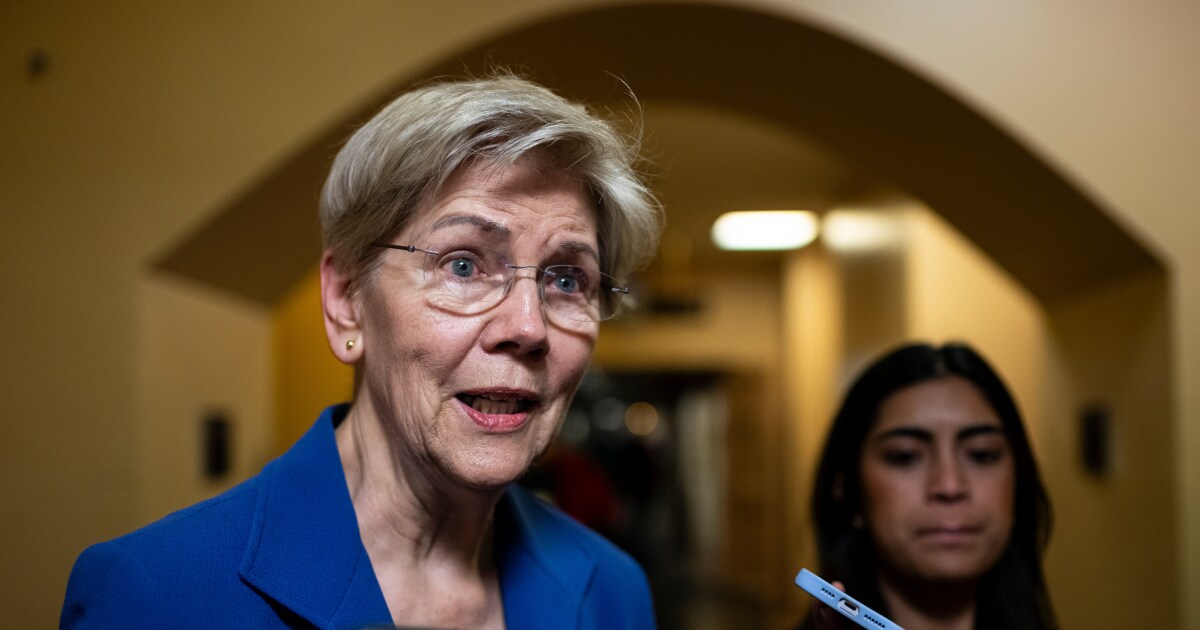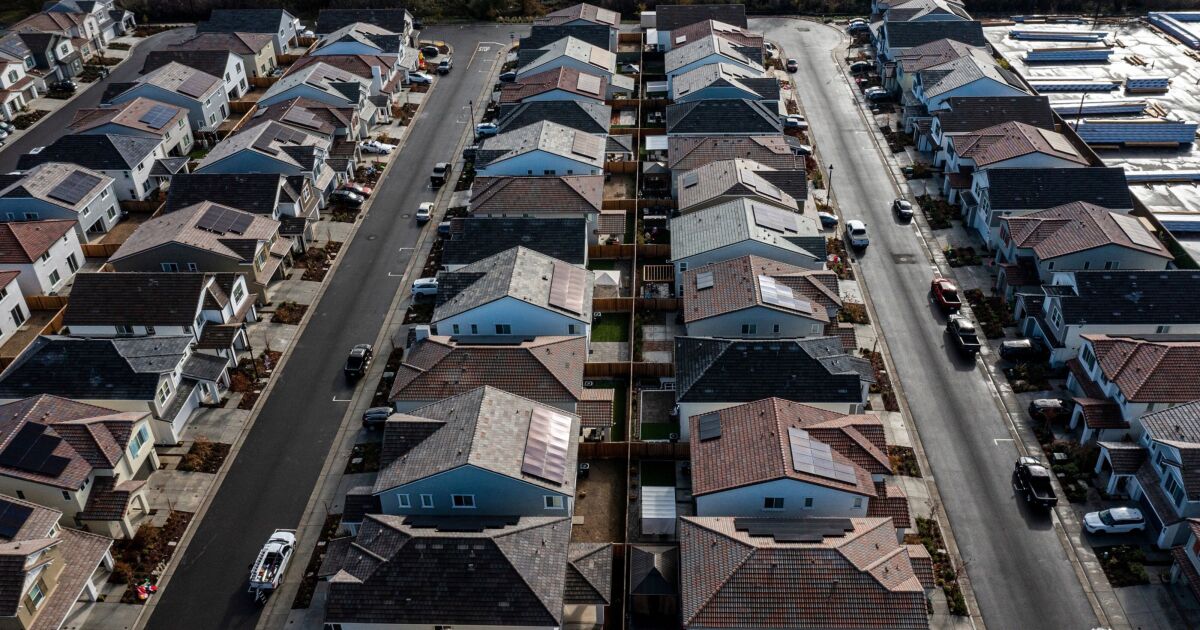
Though outlawed by
"[Climate change] is falling on communities that were already historically burdened by negative environmental impacts because our nation's public policies relegated families of color to neighborhoods that were more toxic than the neighborhoods that white communities were allowed to live in," she said. "So we see that climate impacts are now developing, and they are having a disproportionate impact on communities of color."
As temperatures rise, wildfires erupt and flooding events become more frequent, the burden on historically marginalized communities increases.
Bailey and NFHA are hopeful the Department of Housing and Urban Development passes the final iteration of its
"We've been pushing for the release of HUD's Affirmatively Furthering Fair Housing final rule, so that there could be the stick in place for insurance funds like the Infrastructure Investment and Jobs Act being administered in a way that actually prioritizes the replacement, rebuilding and strengthening of infrastructure that serves communities of color," Bailey noted.
In an interview with National Mortgage News, Bailey shares her thoughts on how redlining has contributed to minorities being more susceptible to the negative effects of climate change and how initiatives by the federal government can have a big impact.
This interview has been edited and condensed.



